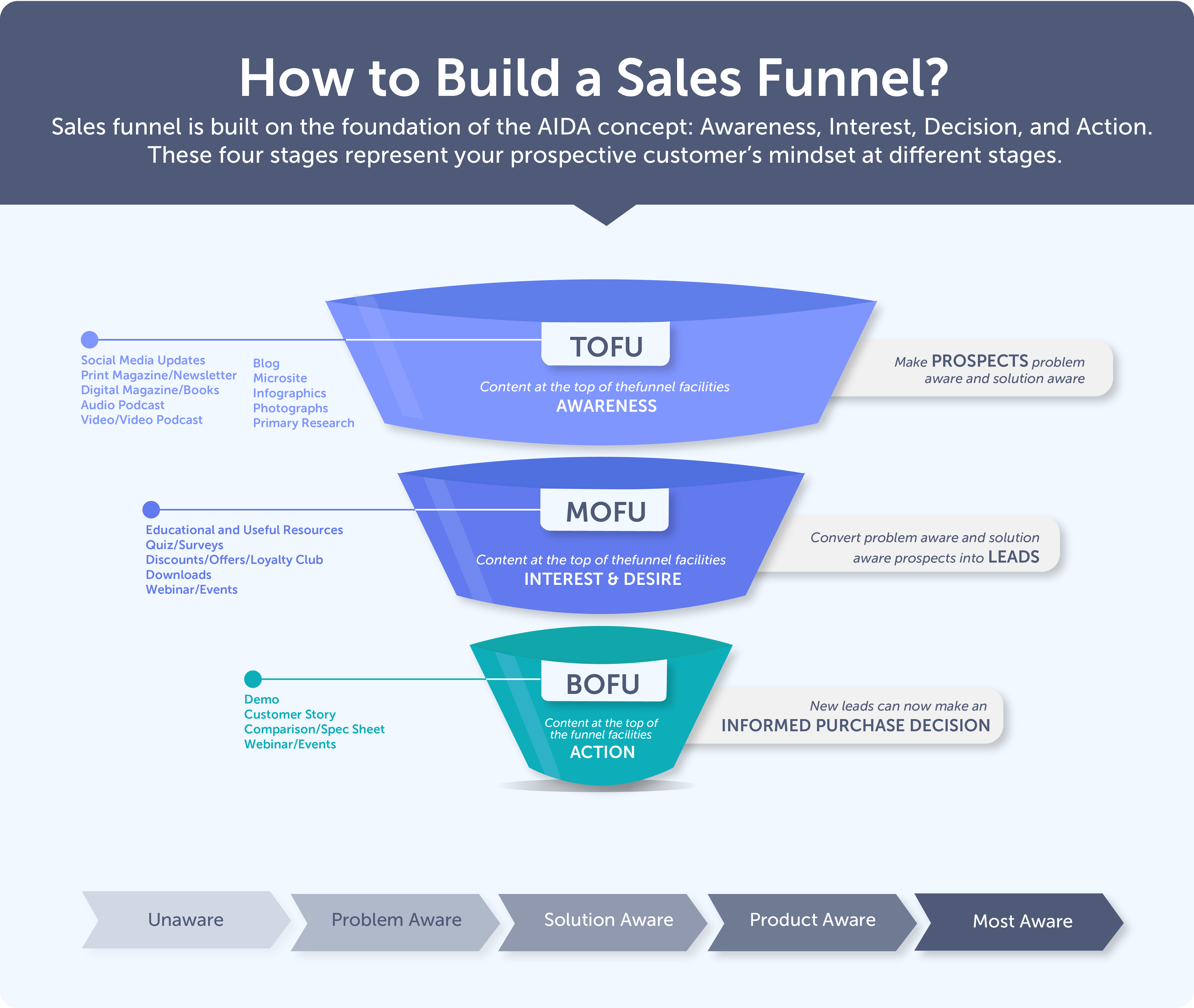Schools, educational institutes, and EdTech entrepreneurs across the country are bracing themselves for the ‘new normal in education. Recognizing the health threat raised by classrooms filled with students, schools and educational institutions are investigating how digital education and interactive learning can be extended and made more available in the midst of this global health crisis.
Here are some statistics related to edtech marketing:
- According to GlobalData estimates, the EdTech industry will grow from US$183.4 billion in 2021 to US$410.2 billion in 2026 at a CAGR of 16.0% from 2022 to 2026.
- The U.S. also features the most total venture capital funding for edtech companies with $8.3 million, more than $5.9 million more than second place China, according to the report. (Source: EdScoop).
- Online education is the fastest-growing segment of the edtech market, with revenues expected to reach $350 billion by 2025 (Source: ResearchAndMarkets).
- EdTech usage in schools has increased 99% since 2020 (Source: Explodingtopics).
- Venture capitalists (VCs) invested $20.8 billion in the edtech sector globally in 2021.1 That’s more than 40 times the amount they invested in 2010 (Source: Mckinsey).
4 Marketing Learnings From a Study
- Breakdown of marketing spending between organic and paid channels was most commonly 75% organic – 25% paid, followed by 50% organic – 50% paid
- The top 3 most effective marketing channels as reported by respondents were social media, organic search and content marketing
- The top 3 barriers to effective implementation of marketing strategies were considered to be lack of brand awareness, lack of leads generated and lack of automation of processes
- The top 3 2022 marketing priorities include funnel conversion, lead generation and marketing automation
Overall, the edtech market is growing rapidly and is expected to continue to grow in the coming years, with online education and B2B sales being particularly strong areas of growth.
Given the current state of affairs, there are plenty of people who recognize the huge potential of EdTech, particularly when it promises market sustainability. However, in spite of these winds at the back of EdTech, you still need a defined go-to-market strategy to succeed.
Here are 7 GTM Strategies for EdTech Marketing:
1. Focus on Search Engine Optimization (SEO)
The decision-makers from education institutes and schools will actively search for more content related to organizing online classes, platforms they can use, and the EdTech companies that can help provide the solutions they need. Technology has had a huge influence on how these decision-makers find solutions and can have a big effect on how you maximize your marketing. So, focusing on SEO activities is crucial to get noticed by the decision-makers.
Depending on your goals there are different levels of search engine optimization. If the website is properly optimized for search engines, it ranks higher in Google and other search engines for selected keywords. Optimization of search engines is a broad topic and there are several things that you need to optimize and work on like keyword research, website optimization, and content optimization.
There are several benefits to using SEO in edtech marketing:
Increased traffic: By ranking higher in search results, you can attract more qualified traffic to your website, which can lead to more sales or conversions.
Better user experience: Optimizing your website and content for search engines can also improve the user experience, making it easier for potential customers to find and engage with your products or services.
Greater credibility: Ranking highly in search results can also increase your credibility and trustworthiness in the eyes of potential customers.
Competitive advantage: By optimizing your website and content for relevant keywords, you can gain a competitive advantage over other edtech companies that are not using SEO effectively.
Overall, SEO is an important aspect of edtech marketing because it helps to drive targeted traffic to your website and improve the visibility and credibility of your products or services.
2. Email Marketing
Email marketing is one of the oldest but still most successful digital marketing tactics. Compared to other industries, the effectiveness of email marketing within the education industry outperforms its effectiveness in other verticals. If emails are tailored to recipients’ interests and pain points, engagement and replies will increase in kind.
So you should take time and care to understand the different decision-makers you are targeting, what the primary issues you’re solving for them are, and segment your lists accordingly to deliver the right content to the right people.
You can automate email marketing by managing email creation and sending list segmentation, and lead generation forms with an Email Service Provider (ESP) like Mailchimp or more advanced solutions like Hubspot, Marketo, or Pardot. These tools will also provide in-depth analytics about the performance of email marketing.
Here are some benefits of using email marketing in edtech marketing:
Targeted communication: Email marketing allows you to send targeted and personalized messages to specific segments of your audience, based on their interests or behaviors.
High conversion rates: When done correctly, email marketing can have high conversion rates, as it allows you to directly communicate with interested individuals and guide them through the sales funnel.
Cost-effective: Email marketing is generally more cost-effective than other marketing channels, as it does not require a large budget for advertising or production.
Measurable results: Email marketing campaigns can be easily tracked and measured, allowing you to see how well your messages are performing and make data-driven decisions about future campaigns.
Strong ROI: When done effectively, email marketing can generate a strong return on investment (ROI) by driving sales and revenue for your edtech business.
Overall, email marketing can be a powerful tool for edtech companies looking to reach and engage with potential customers, drive sales, and measure the effectiveness of their marketing efforts.
You must make sure that all email marketing standards are followed so that you do not get punished for spamming users. You also need to ensure that the education industry email list you use is accurate to minimize bounce rates.
3. Tailor Your Message to How Your Product Solves a Problem
There are several common marketing pitfalls that need to be avoided by EdTech startups. Perhaps the most common is the failure to adopt a marketing approach oriented to the solution.
It’s nice to have a clever name and a slick website. Yet many EdTech firms are losing sight of communicating how their technology solves an issue. Avoiding vague language or buzzwords is particularly important. A “cloud-based collaborative learning platform” does not inform educators how it adds value to the technology. Take the time to ask yourself that if you were talking to a stranger at a party, or even better a child, will they understand what you’re offering and why it’s important?
4. Video Marketing
Video is a flexible and engaging content format that not only captures eyeballs but is easy to share across various platforms. If you want to take your marketing to the next level, you need to give some thought to video marketing. Video traffic accounts for 69% of worldwide Internet traffic. If you have an online classroom and meeting platform, you can show how students and teachers are using your platform. You can also promote video testimonials and host them on your website.
However, you need to be careful about whether to use YouTube or a private video hosting platform. YouTube marketing videos are often interrupted by other promotional videos that play at the beginning and in the middle, however, it has 2 billion logged-in monthly users. While often pricey, custom video hosting platforms like Wistia give you greater visibility into user engagement can integrate with your ESP, and can even incorporate lead generation gates.
Here are some benefits of using video marketing in edtech marketing:
High engagement: Video is a highly engaging medium that can capture the attention of viewers and hold their interest.
Increased conversion rates: Studies have shown that video can increase conversion rates, as it can help to build trust and credibility with potential customers.
Greater accessibility: Video can be easily shared and accessed on various platforms, making it a versatile and widely accessible marketing tool.
Improved SEO: Including video on your website can improve your search engine optimization (SEO), as search engines tend to favor websites with multimedia content.
Strong ROI: When done effectively, video marketing can generate a strong return on investment (ROI) by driving sales and revenue for your edtech business.
Overall, video marketing can be a valuable tool for edtech companies looking to reach and engage with potential customers, build trust and credibility, and drive sales and revenue.
Social media platforms represent the easiest way of promoting and marketing your EdTech solution to education institutions or schools. In addition to posting on your feed or solution pages about the solution, you can also try promotions through different groups that contain the right kind of audience to sell your solution to.
However, be wary of abusing this tactic or you will end up blocked from the groups. A social media management tool like Hootsuite can make the creation and sharing of your content on social platforms easier to administer.
Here are some benefits of using social media in edtech marketing:
Increased visibility: Social media platforms can help to increase the visibility of your edtech products or services to a wider audience.
Greater engagement: Social media allows you to directly interact with potential customers and build a community around your brand.
Improved customer insights: Social media can provide valuable insights into the needs and preferences of your target audience, which can inform future marketing efforts.
Cost-effective: Social media marketing is generally more cost-effective than other marketing channels, as it does not require a large budget for advertising or production.
Measurable results: Social media campaigns can be easily tracked and measured, allowing you to see how well your messages are performing and make data-driven decisions about future campaigns.
Overall, social media can be a valuable tool for edtech companies looking to reach and engage with potential customers, build brand awareness, and gain insights into the needs and preferences of their target audience.
Read About – Alternative to Zoominfo
6. Pay Per Click Marketing (PPC)
If your website does not produce enough leads organically, you’ll need to spend your marketing budget on a PPC digital advertising campaign. There are several PPC marketing providers and the most commonly used one is Google Adwords. A daily budget can be set and the various advertisement parameters optimized to generate leads. Bear in mind when creating your ads what type of visitors you want to generate. The timing and geography of ad placement also play a crucial role.
Here are some benefits of using PPC in edtech marketing:
Targeted advertising: PPC allows you to target specific keywords and demographics, ensuring that your ads are seen by the right people at the right time.
Immediate results: PPC campaigns can be quickly set up and activated, allowing you to see immediate results and make adjustments as needed.
Measurable results: PPC campaigns can be easily tracked and measured, allowing you to see how well your ads are performing and make data-driven decisions about future campaigns.
Greater ROI: PPC can generate a strong return on investment (ROI) when done effectively, as it allows you to reach targeted audiences and drive qualified traffic to your website.
Increased brand awareness: PPC can help to increase brand awareness and visibility for your edtech products or services.
Overall, PPC can be a valuable tool for edtech companies looking to reach targeted audiences, drive qualified traffic to their website, and increase brand awareness.
7. Buyer Journey Mapping
The buying cycle in the education industry is typically longer and often involves more decision-makers compared to other businesses. Thus, mapping your buyer journey and nurturing them through the sales funnel is crucial.

While mapping your buyer journey can be a time-consuming process it’s an essential piece of your demand gen strategy. By working with your team, you can work together to find out where your EdTech customers are entering your funnel, what are the key triggers for moving them along it, as well as where the leaky holes are that need to be plugged…
Here are the steps to buyer journey mapping:
Top of Funnel:
- Research and put what your buyer personas are looking for in the Awareness Stage. Plan content ideas for buyer personas in this stage. Identify the most suitable content format based on the resources available to you.
- Devise content concepts for buyer personas in the Consideration Stage
Middle of Funnel:
- Outline what your buyer personas are searching for in the Decision Stage
- Devise content concepts for buyer personas in the Decision Stage
Bottom of Funnel:
- Outline what your buyer personas are searching for during Customer Stage
- Brainstorm content concepts for buyer personas in the Customer Stage
SalesIntel makes it easy to identify companies actively engaged in a buying decision as well as where they fall in your buyers’ journey with the help of Intent Data. Intent data provides you with signals based on the type of content users are consuming that allow you to prioritize the 15% of companies that are actually ready to buy now. This will help you to map your content to nurture them throughout the buyers’ journey as well as focus your sales team’s attention on those accounts most likely to close.






